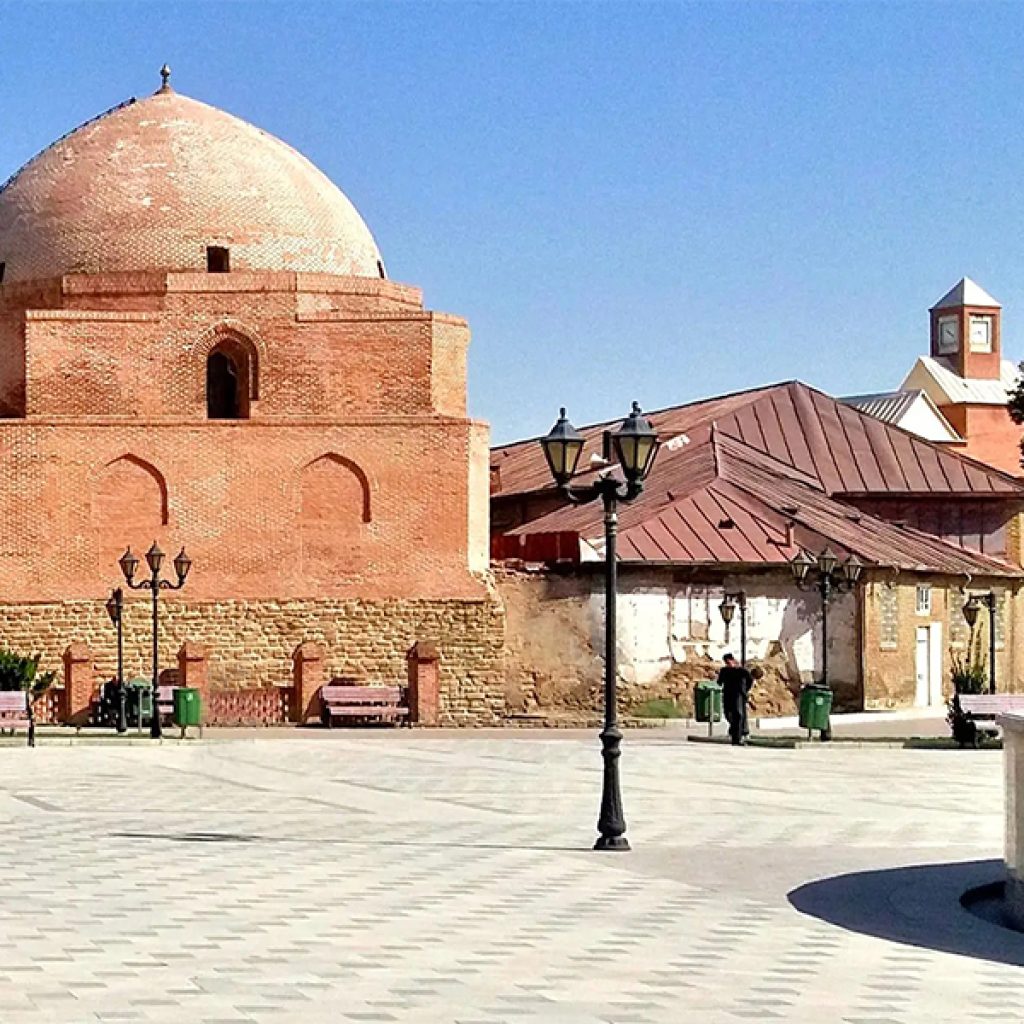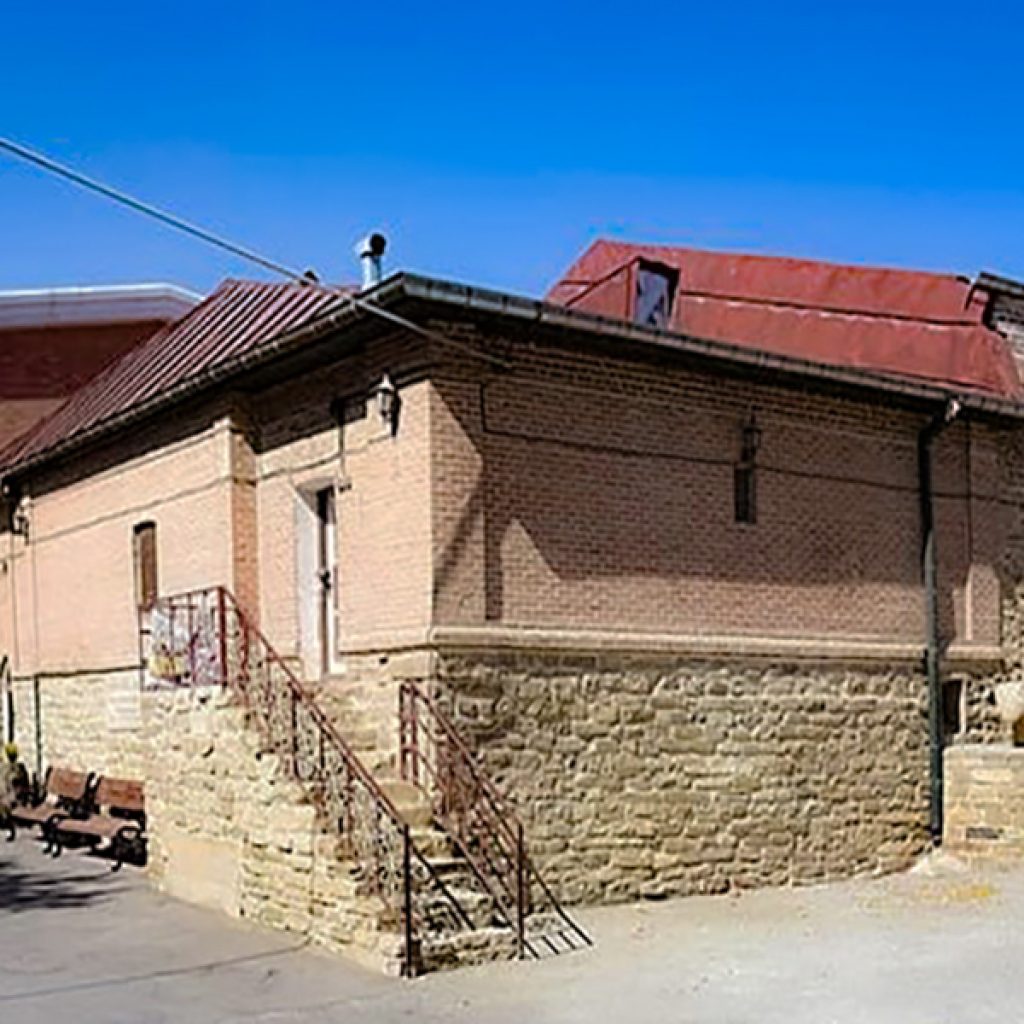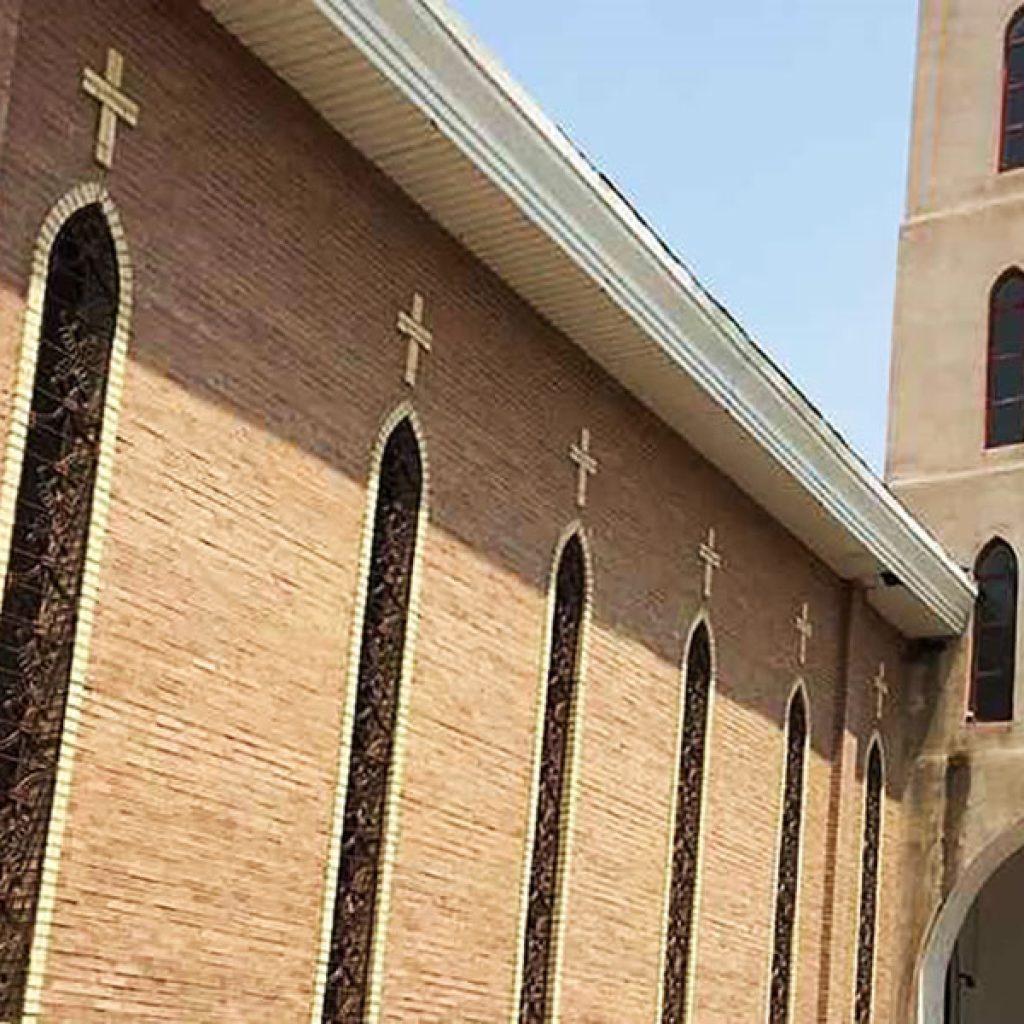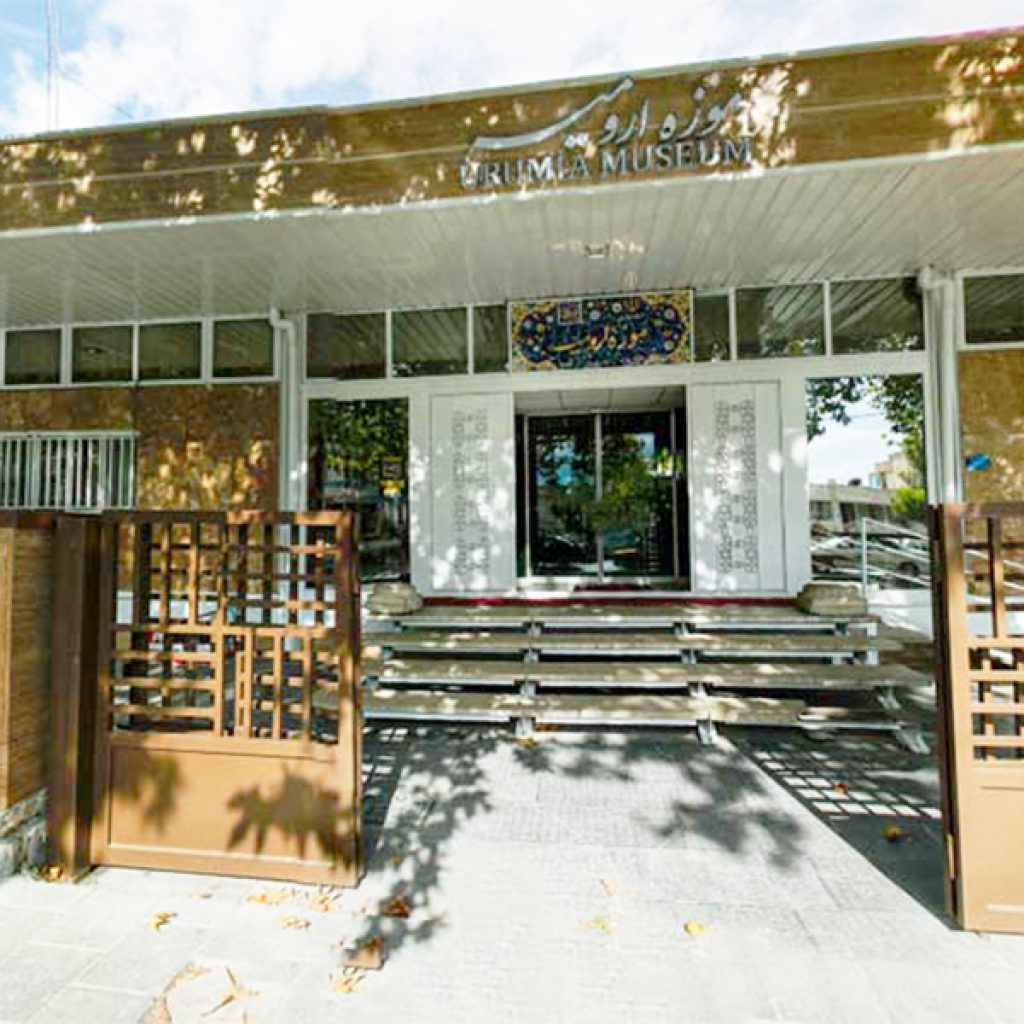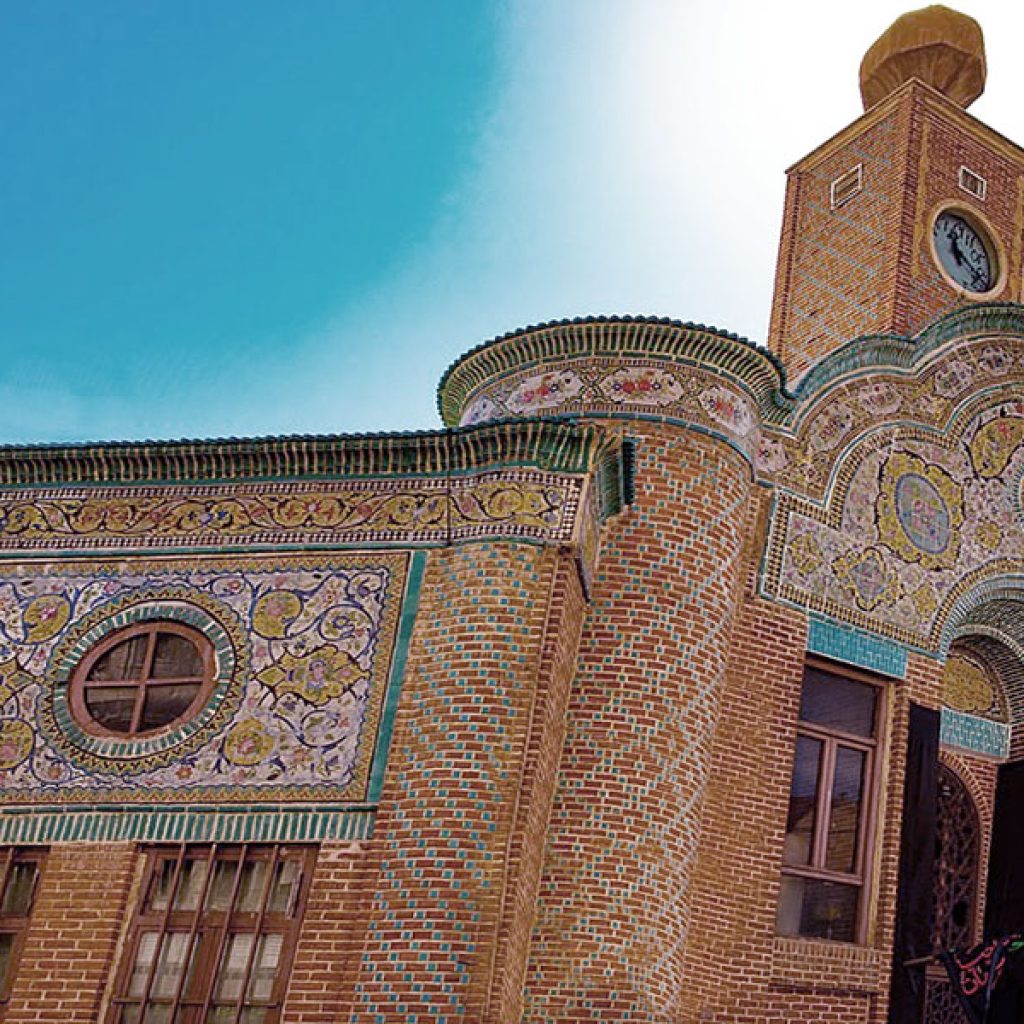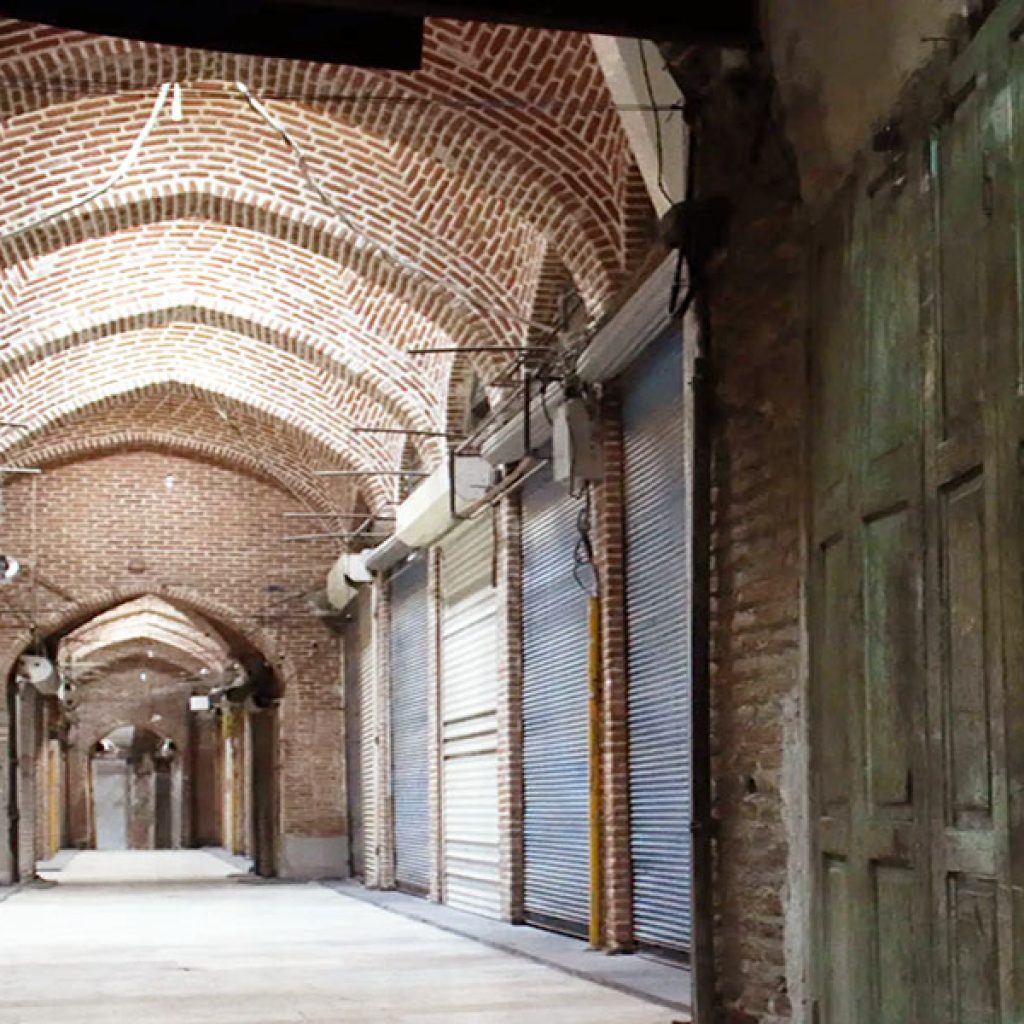Urmia, a thriving city in the northwest of Iran, is a place of captivating beauty and cultural diversity. Nestled along the Shahar River and in close proximity to Lake Urmia, one of the world's largest salt lakes, this city offers a unique blend of natural wonders and rich history. To the west, it shares its border with Turkey, adding to its geographical and cultural significance.
Urmia sits at an altitude of 1,330 meters above sea level, endowing it with a cold semi-arid climate. The city experiences cool autumns, cold and snowy winters, mild springs, and hot, dry summers. The temperatures in Urmia are notably colder than in many other Iranian cities.
Throughout its history, Urmia has been home to a tapestry of ethnic groups, including Muslims, Christians, Jews, Bahais, Assyrians, and Sufis. Persian is widely spoken, alongside native languages like Azari, Kurdi, and Armenian. The city has thrived as a vital trade center for the fertile agricultural region, known for its bountiful fruits, especially apples and grapes, and tobacco.
Urmia's roots trace back to 2000 BC when several villages first emerged in the region. Archaeological excavations have unveiled utensils dating back to the 20th century BC. In the late 9th century BC, it gained independence and later became part of the Urartu Empire. Subsequently, it joined the Median Empire and played a key role as a crossroads between the Caucasus, Mesopotamia, and Anatolia.
The city has experienced its share of historical upheavals, especially during the rise of the Ottoman Empire, which frequently launched incursions. In the early 20th century, during World War I, Urmia was invaded by both Ottoman and Russian forces. However, during the reign of Reza Shah Pahlavi, the region finally found stability and growth.
Historically, Urmia was home to Armenians, Assyrians, and other ethnic groups. In the 19th century, it briefly became a hub for an Assyrian renaissance, marked by the publication of books and newspapers. Due to historical events and conflicts, the city's population shifted, and today, Urmia's residents primarily consist of Muslims and Azeris, with a smaller presence of Kurds, Armenians, and Assyrians.
When to Visit?
The best times to visit Urmia are during the spring, early summer, and early fall, taking advantage of the pleasant climate and weather conditions.
What to visit?
Lake Urmia
Exploring one of the saltiest lakes globally, offering breathtaking natural beauty and significant ecological importance is a wonderful experience for visitors.
Urmia Historical Bazaar
Walking throughout the Urmia Historic Bazar, visitors immerse yourself in the local culture at this richly adorned traditional bazaar, steeped in history and architectural beauty.
Urmia Jameh Mosque
Visitors always enjoy the peace of Urmia Jameh Mosque and admire the impressive brick dome and intricate stonework of this mosque.
Seh Gonbad
While exploring the beauty of Urmia, delve into Persian culture through the fascinating tower adorned with graceful decorations of Seh Gonbad.
Urmia Museum
Visiting Urmia museum is a wonderful occasion to discover Iran's history and culture with its vast collection of over 30,000 historical artifacts.
St. Mary Church
In Urmia St. Mary church is one of the oldest churches globally, housing antique tombstones and a rich Assyrian heritage.
Mar-Sargiz Church
Visitors explore this historic church in a village near Urmia, a place of worship for Armenian and Assyrian communities.
Sardar Mosque
Sardar Mosque is a good place to witness the graceful architecture and unique features of Persian architecture from the Qajar period.


